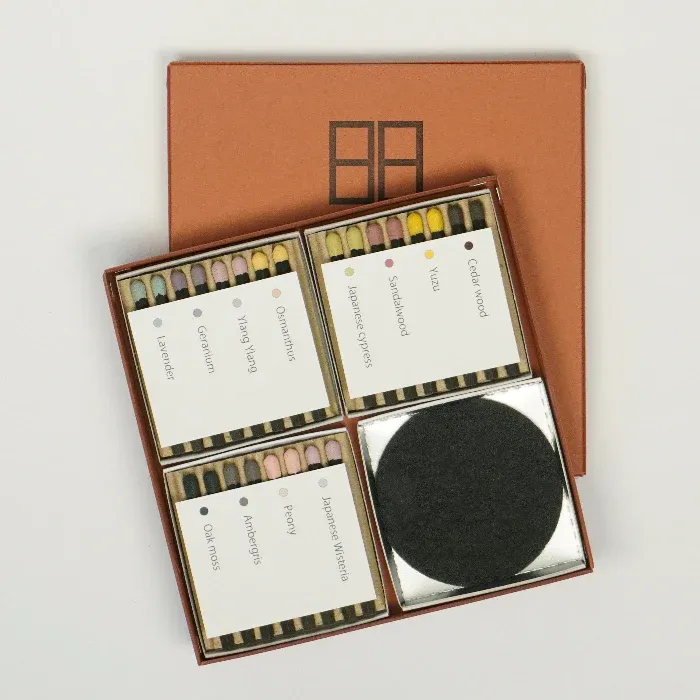Free US standard shipping orders over $100
Hibi Incense Matches - Gift Box of 12 Assorted Fragrances
$56.00
Sold out
Sold out
Add to Wishlist
Reviews
Reviews are from verified customers
Hibi Incense Matches - Gift Box of 12 Assorted Fragrances
Details
Brand: Hibi
The brand name hibi means ‘day to day’, or daily, in Japanese. It was given with the hope that you would keep it around you every day and freely enjoy its fragrance, matching each day’s mood or occasion. The logo’s design combines two of the Chinese character ‘日’ (day) set next to each other.
The Kobe Match Co arrived at a mixture of paper fibres, incense and charcoal to create the perfect strike-on-box incense match. The Harima region of Awaji has been producing matches and incense for nearly one hundred and fifty years.
The Harima region of Awaji has been producing matches and incense for nearly one hundred and fifty years. The westerly winds through Awaji island create the perfect temperature to dry incense, and each of the fragrances derives from herbs grown by a local incense producer using traditional methods.
Gift box contains scents:
- Japanese Cypress
- Osmanthus
- Lavender
- Ylang Ylang
- Yuzu
- Sandalwood
- Ambergris
- Oakmoss
- Cedar Wood
- Japanese Wysteria
- Peony
- Geranium
- and one burning pad.
Each match has a burn time of approximately 10 minutes.
Care Instructions
Do not strike as if you're lighting a regular match. Incense matches are delicate. Hold the match close to the tip and without burning yourself strike in a straight line and wait for the flame to reach the incense stick. Once it does, blow out the flame and place it on your mat.If you strike too hard and it breaks or snaps in half, we recommend you to light it with a lighter (if you're able without burning yourself), let it burn and reach the incense stick and place on the mat. Take the other "half" and push it together. The second half should be able to light. This is not common and only will occur if you strike the match too hard. Most users don't have this issue.
Matches of Harima utilizing the techniques coming from Europe, domestic production of matches started at the beginning of the Meiji period. Later, Japanese matches became so popular as export goods, thanks to the quality, that match manufacturing developed as a local industry of Hyogo, including Harima which was blessed with marine transportation facilities. Even today, the region contributes to roughly 70% of the domestic production volume. Incense of Awaji Island Incense manufacturing technique was brought to Awaji Island by craftsmen of Sakai in 1850 during the last days of the Tokugawa shogunate. Thanks to the westerly winds, which are characteristics of the island and ideal for drying incense, Awaji Island has become the biggest incense manufacturer in Japan, responsible for about 70% of the domestic production volume today.
Display prices in:USD

